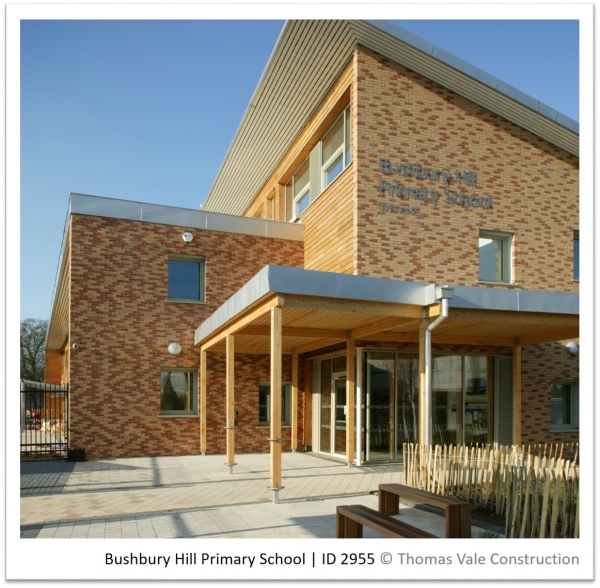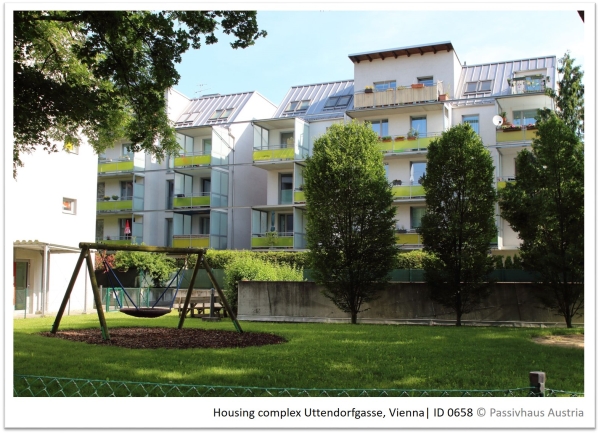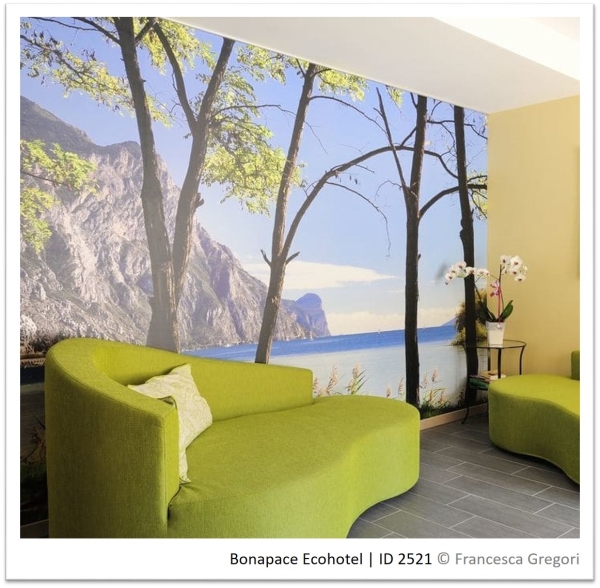2. Cost optimal & so much more!
2 - Further material
Passive House + Renewables = NZEB!
According to the Energy Performance of Buildings Directive, all new buildings should be highly energy-efficient, cost-optimal and mostly supplied with renewable energy from 2021. As we have just seen, the Passive House fulfills all these requirement. Besides, it is a proven concept which ensures long-lasting buildings with reliable performance. The components required for such high-quality buildings are already available. In addition to that, Passive House buildings are easy to use and need low maintenance, thanks to their simplified technical services.
For more information, check out the European project PassREg. It aims to trigger the successful implementation of NZEBs by using Passive Houses supplied with as much renewable energies as possible. This PassREg online brochure highlights the successes of the PassREg regions and lists 10 reasons why the Passive House Standard is an ideal basis for NZEB. To learn more about the findings of the frontrunner regions, you are also welcome to have a look at the wiki PassREg – Solutions Open Source.
Financial study of Passive House buildings
Investment costs are usually higher for energy-efficient buildings, but some bigger projects were already built without any additional investment costs. Some were even cheaper than the usual construction costs, like this Passive House student accommodation in Vienna, Austria. Investment costs depend on each project, its size and design. They also depend on the location, mainly due to product and knowledge availability. It is also much easier to reach the standard in warm climates.
To accurately compare the energy demand of a Passive House with the one of a conventional building, it is important to enter both alternatives in the PHPP and select the same conditions. This means you need to base your simulations on the same reference surface, temperature and climate. You should take the additional and reduced investment costs into account, as well as the additional and reduced expenses over the years. And don’t forget the residual value of long-lasting components.
Enhanced user experience
Passive Houses don't require a whole user manual to operate. Benefits like pleasant temperatures, no draughts, and fresh air all around the clock result from the very design of Passive Houses - all this without complicated technology!
What is more, the Passive House concept can be adapted to user's behaviour and your project's context - you may opt for a different summer strategy depending on whether you are living in a noisy city or in a quiet village. To sum it up, like the investors and owners of the Bonapace Hotel in Italy would say:
“Our greatest satisfaction in having built a Passive House hotel comes from our customers’ smile – happy to have had the chance to stay in a building that cares for those who inhabit it. Now that is pure energy!” K. Arrigo Jacobitti & E. Marinelli
Check out more user feedback about living in a Passive House on Passipedia and our Tips and Tricks for Passive House residents.



